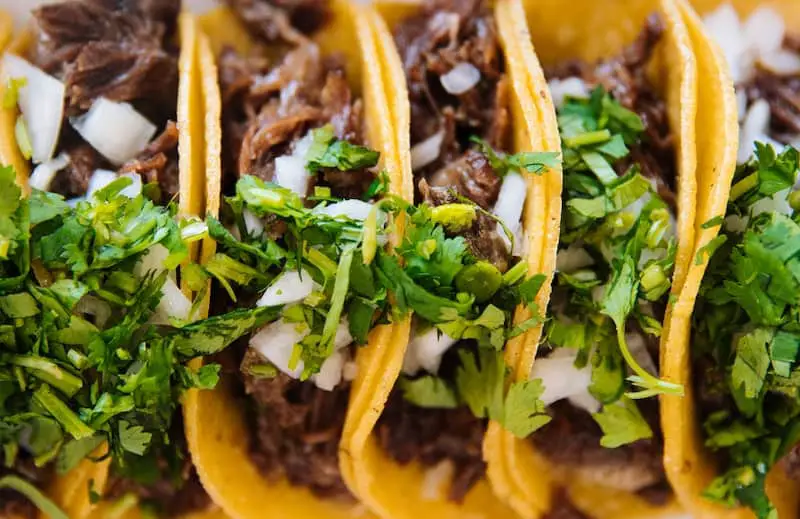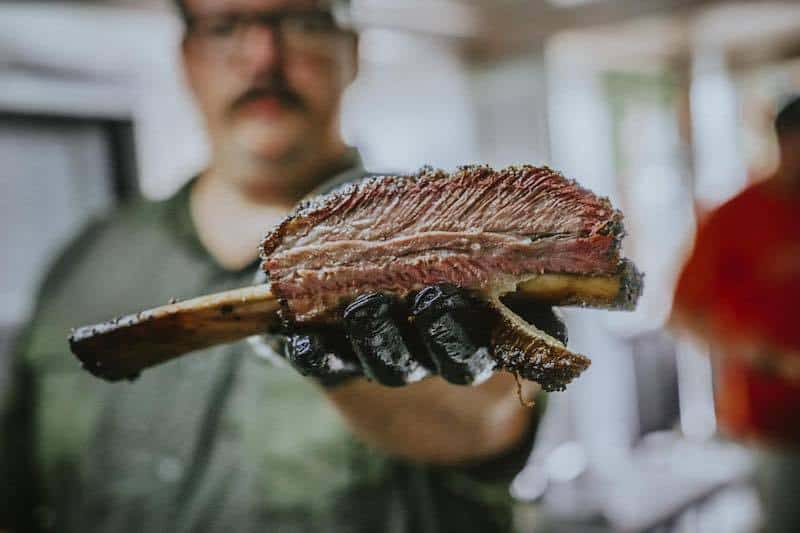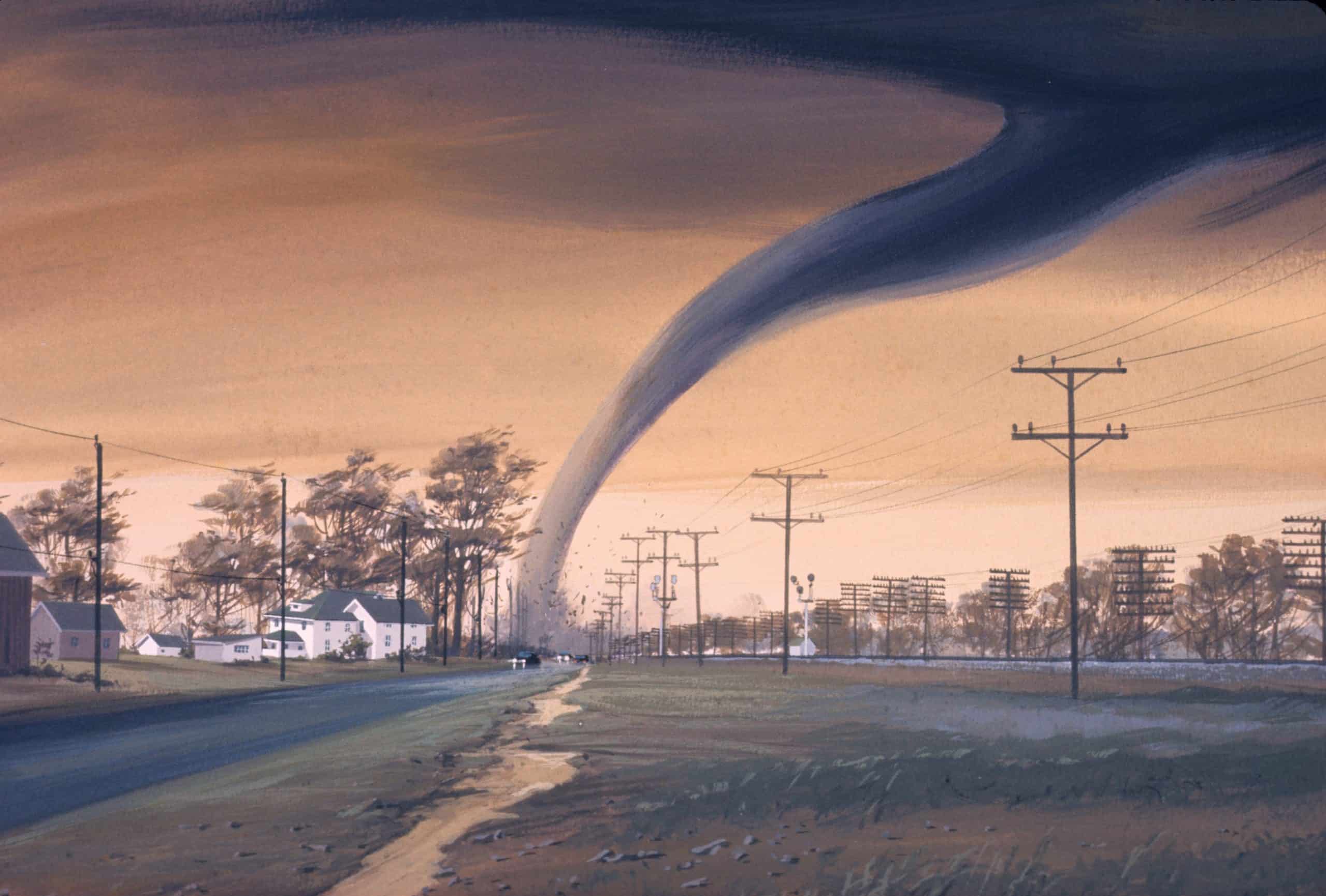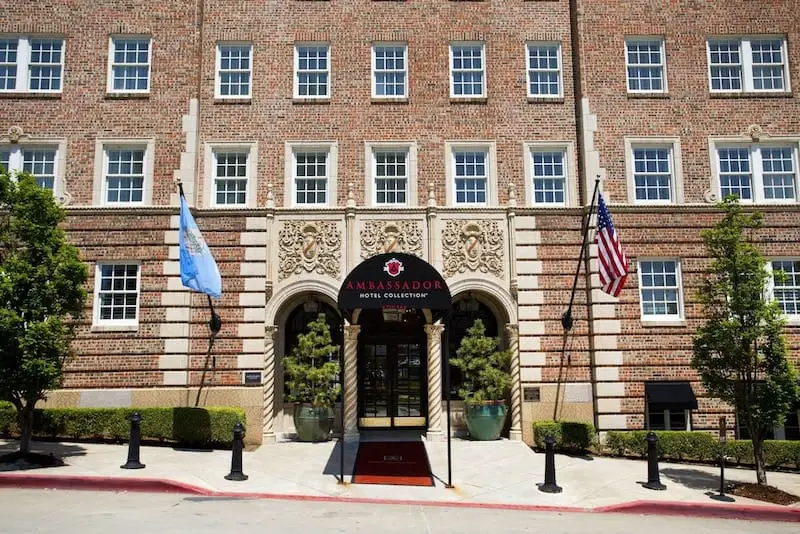Tulsa Race Riots Important Facts
Did you know that the Tulsa race riots were one of the worst incidents of racial violence in US history, according to the Oklahoma Commission to Study the Tulsa Race Riot? Me neither. Here are more important historical facts about the Tulsa Race Riots you might not be aware of.
The Tulsa Race Riots is a term that most people are familiar with. It was the first major race riot in the United States after World War I. Although it lasted only one day, April 28, 1921, it displaced thousands of families, destroyed hundreds of homes and businesses, and left almost 300 dead. But there were many facts about this event that might surprise you.
This Was Not The First Of False Accusations
The rioting occurred between May 31 and June 1, 1921. On May 30, tensions exploded when a white mob attempted to lynch a black teenager who was wrongfully accused of assaulting a white elevator operator.
The crowd assaulted several blacks driving by before looting and burning their homes and businesses. This colored community became known as “Black Wall Street“.
By June 1, more than 800 people had been admitted to local hospitals with injuries related to the violence. Estimates are that up to 300 people died during the chaos, including ten white individuals. Afterward, 35 city blocks lay in charred ruins.
Even more tragic is that the riots were not even the first time this community had experienced violence. Less than a decade earlier, in 1910, a black man was lynched after being falsely accused of assaulting a white woman.
It Took Decades To Address The Damage
It wasn’t until 2001 that the state of Oklahoma issued a formal apology for the Tulsa Race Riot. And it took until 2015 for the city of Tulsa to issue its own formal apology.
Threats Were Made Days Before The Riot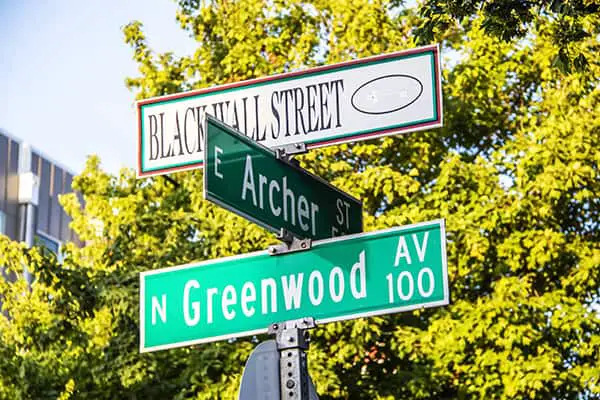
One of these facts is that before any actual violence began on the night of the 27th, threats had already been made against black Tulsans by two white men who had purchased handguns earlier in the day.
When they returned to their car later that evening, they found a note saying, “We’re going to you. Leave town before daylight or else.”
Tulsa “Leaders” Were Believed To Be Looking For An Opportunity
Another fact that most people are not aware of is that the “leaders” of Tulsa had been looking for a reason to discredit and silence an outspoken black minister named Reverend C.M. Hitchcock. This minister was a strong advocate for better race relations in Tulsa.
He claimed to have information on wealthy Tulsan men who were involved with illegal alcohol trafficking and prostitution, all under the protection of corrupt police officers. He also said he had evidence that these same wealthy men consorted with white women while they were married.
This threatened their standing within society. The leaders wanted him silenced before he could make his claims public knowledge.
No One Knows The Exact Number Of Casualties
At least 39 people were confirmed dead. However, some claim upwards of 300 African American people were killed during the riot.
However, there is no accurate account for the exact number or identities of deceased persons because many bodies were buried in mass graves without being identified after being found floating down rivers.
There Has Been No Compensation For The Ones Affected
The riots had a devastating impact on the black community in Tulsa. More than 9,000 people were left homeless, and more than 1,500 businesses were destroyed. The city refused to rebuild the black community, which only exacerbated the situation.
Presently, survivors and descendants of those affected have created the Tulsa Race Riot Commission to seek recognition and compensation for the damages inflicted on their ancestors. To date, they have not been successful in receiving either.
Insurance Denied Coverage To The Black Tulsans Affected
Insurance companies refused to cover claims made by black Tulsans who had suffered losses in the riot. They called it a race riot rather than an act of arson.
Tulsans Sought Retaliation After The Riots Ended
The riot was over and all of the white rioters had returned home. However, several groups of black people in Tulsa were still in a state of unrest. They wanted to retaliate against their oppressors, but they did not know just how many men they would need for such an undertaking. So they sent five young black men into the streets to scout out the situation and see if it was safe for them to fight back.
The five young men ran across a group of at least 20 armed white people on Archer Street. A gunfight broke out, and one of the white men, named Will Robinson, was killed. After this incident, no further retaliation by blacks occurred. Most decided they did not have enough manpower or weapons to mount an effective counter-attack.
The Verdict
A year after the riots ended, a Grand Jury was convened in Tulsa. It found that Dick Rowland was innocent, and his accuser probably lied about being assaulted when she saw him get arrested the previous day.
It also found that some of the white rioters had used un-Christianlike brutality while trying to restore order and return Greenwood to its proper place in society. No convictions ever occurred as a result of criminal charges being filed against any of the white rioters. This was despite the widespread violence and number of deaths that occurred during both waves of riots.
The Impact Of The Tulsa Race Riots
Today people who live in Tulsa still feel some animosity towards each other because of these events, which happened nearly ninety years ago. Still, many citizens are committed to ensuring these tragedies never happen again.
The Tulsa Race Riots was such an important moment in history, it changed America for minorities. However, it also encouraged them to rise and fight back. As long as people keep fighting for equality, there will always be a significant change in the way minorities are treated across the nation.
What Were The Tulsa Race Riots?
Tulsa Race Riots occurred in 1921 when a mob of approximately 10,000 white men attacked residents and businesses of the “Negro” district. They are sometimes referred to as the Tulsa Race Massacre. Due to widespread destruction, the riots are considered one of the worst incidents of racial violence in Oklahoma.
What Caused The Tulsa Race Riots?
The Tulsa Race Riot was a result of several factors that came together at the same time. There was tension between the black and white communities in Tulsa. Additionally, there was economic stress caused by the oil boom.
White people were also resentful of black people who were seen as taking their jobs. On the night of May 31, 1921, a group of white men began to attack black residents and businesses in what is now known as the Greenwood District.
The rioting continued until June 1 and resulted in the death of hundreds of people. It also destroyed over 35 blocks of businesses and homes.
Who Was Affected By The Tulsa Race Riots?
This was an event that affected everyone in the community that day. The Tulsa Race Riots affected the residents and businesses of the Greenwood District. The area was a prime location for African American commerce. It served as a place where black people who worked in town could live. With insurance refusing to cover the damage, many black Tulsans were left with the tragic loss.
What Were The Consequences Of The Tulsa Race Riot?
Due to widespread destruction from the rioting, some estimate that over 800 people were injured or killed during the Tulsa Race Riot. Black people were blamed for starting the riots, despite white men being responsible for initiating them on May 31, 1921.
This has made it difficult to accurately determine what happened during those few days in June 1921. However, most agree that one of the consequences of the Tulsa Race Riot is that it gave rise to new civil rights movements and inspired continued activism around the country.
What Is Being Done To Remember The Tulsa Race Riots?
To remember the victims of the 1921 Tulsa Race Riot, there are annual ceremonies that recall what happened. Oral histories have also been collected to give survivors a voice since many do not know about their family history due to people being afraid to speak out during segregation.
There are efforts to ensure this atrocity is never forgotten. As well as efforts to ensure that accurate accounts can be told despite it being difficult for citizens of Greenwood District to disclose information without fear of repercussions.
Why Is It Important To Remember The Tulsa Race Riots?
It is important to remember events like the Tulsa Race Riots so that we can learn from them and prevent them from occurring again in the future. Without recognizing the past, it will be impossible to change the present and future. Additionally, events like the Tulsa Race Riot are a reminder that America is not perfect. We must remember these moments in history so that we can work to improve things for future generations.







